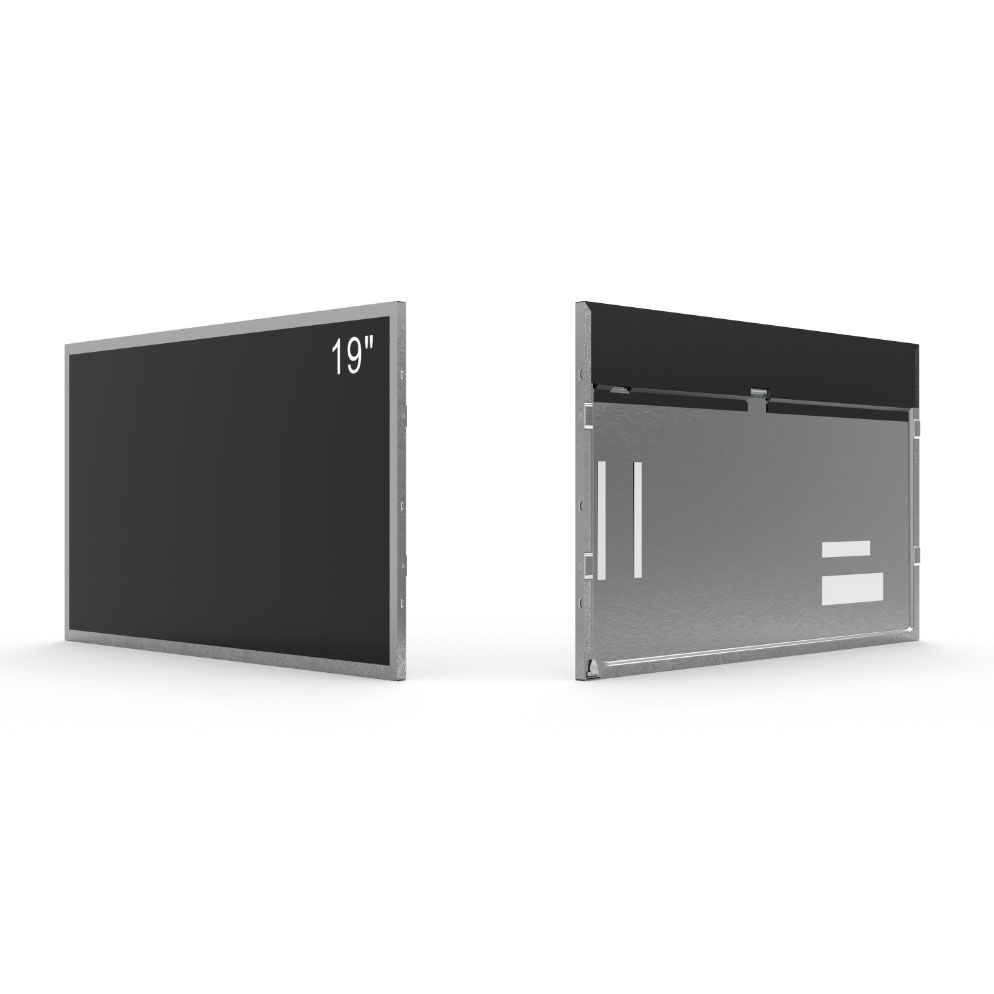When selecting an outdoor LCD screen for commercial or public use, it's essential to prioritize both performance and longevity. Unlike indoor displays, outdoor screens must withstand extreme weather conditions—including direct sunlight, rain, humidity, and temperature fluctuations—while maintaining high brightness, contrast, and color accuracy. According to the International Electrotechnical Commission (IEC) standard IEC 60068-2, environmental testing is crucial for ensuring reliability in harsh conditions. A robust outdoor LCD typically features a brightness level of at least 5,000 nits to remain visible under direct sunlight—a critical benchmark often overlooked by budget-friendly models.
The choice of display technology also matters. LED-backlit LCDs are preferred over traditional CCFL due to their higher efficiency, better thermal management, and longer lifespan. For instance, a case study from a major airport digital signage deployment showed that LED-backlit panels lasted 30% longer than CCFL-based alternatives under continuous 12-hour daily operation. Additionally, anti-glare coatings, sealed enclosures (IP65 or higher), and fanless designs reduce maintenance needs while enhancing durability.
Another key consideration is the viewing angle and resolution. High-resolution panels (at minimum 1080p, ideally 4K) ensure sharp visuals even from a distance, which is vital for billboards or transit information systems. Moreover, wide viewing angles (178° horizontal and vertical) improve audience engagement across multiple positions. In urban environments like Times Square or Tokyo’s Shibuya Crossing, where pedestrian flow is unpredictable, this feature ensures consistent message delivery regardless of viewer location.

Finally, connectivity and remote management capabilities should not be underestimated. Modern outdoor displays integrate with cloud-based content management systems (CMS), allowing real-time updates and diagnostics. This reduces downtime and supports predictive maintenance—critical for large-scale deployments such as retail chains or municipal advertising networks. By aligning technical specs with real-world application scenarios, businesses can avoid costly failures and maximize ROI on their digital signage investments.







